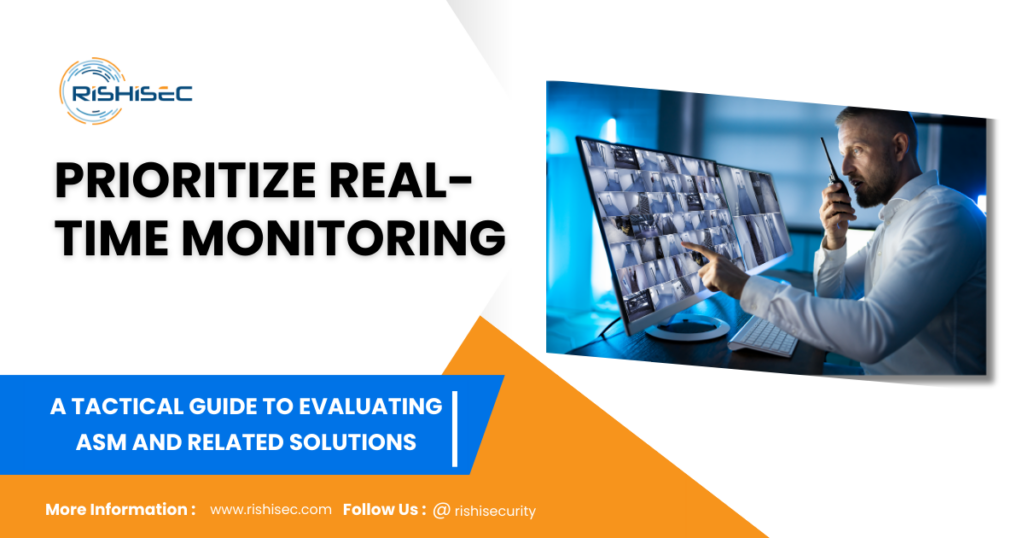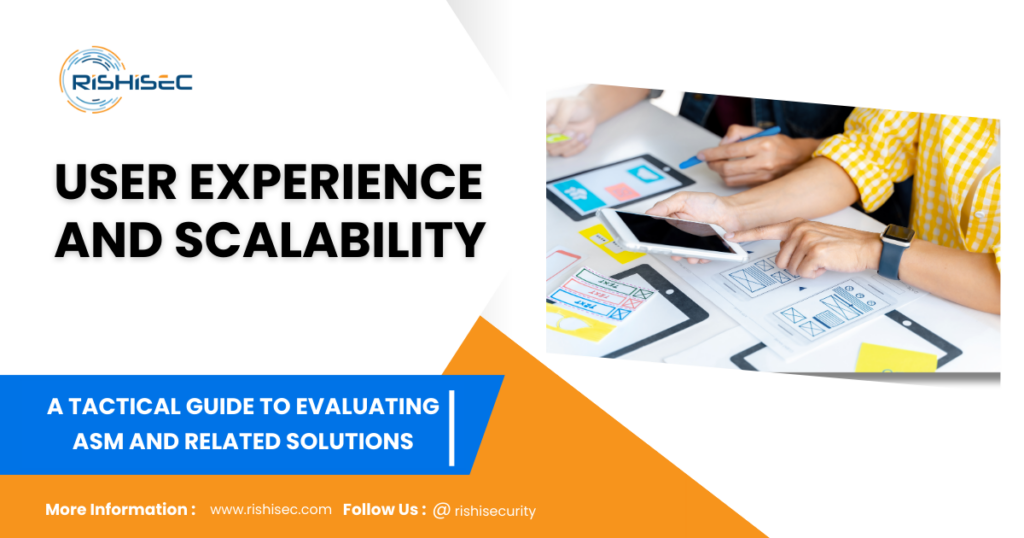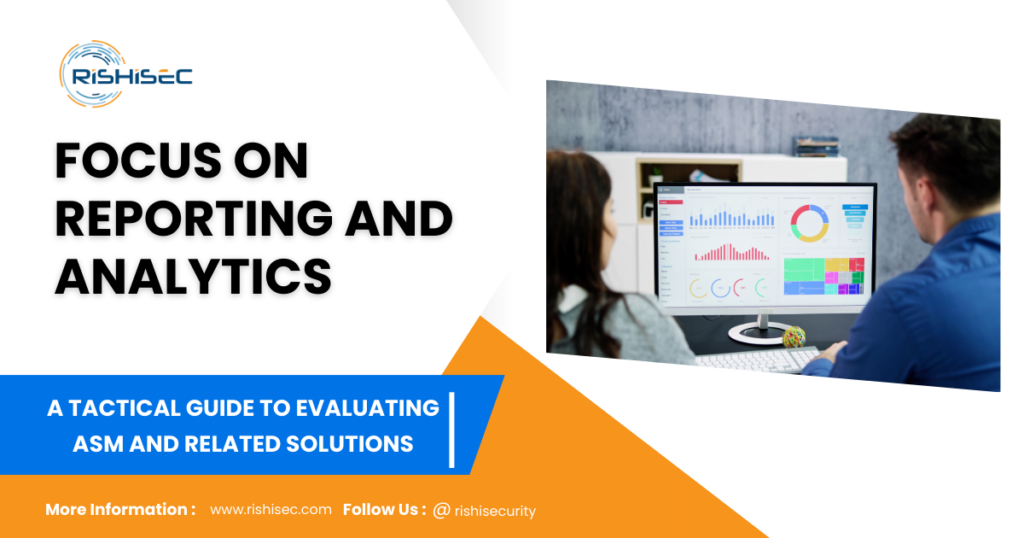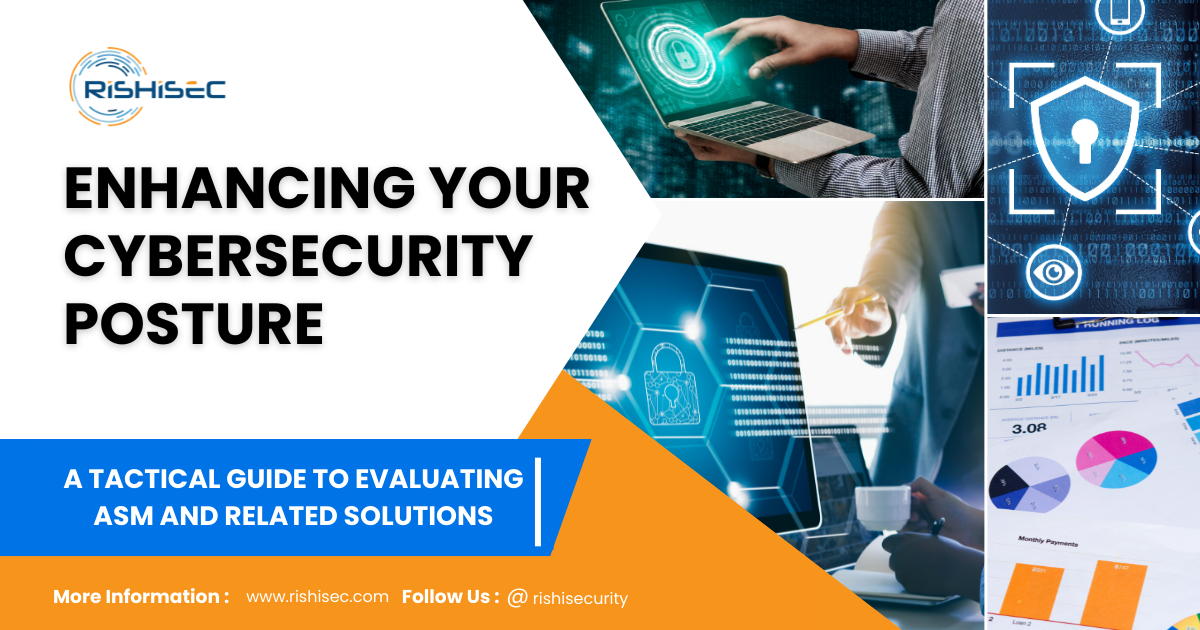Contents
- 1 Enhancing Your Cybersecurity Posture
- 2 Why Attack Surface Management Matters in Enhancing Your Cybersecurity Posture
- 3 Step 1: Define Your Attack Surface
- 4 Step 2: Prioritize Real-Time Monitoring
- 5 Step 3: Evaluate Integration Capabilities
- 6 Step 4: Consider User Experience and Scalability
- 7 Step 5: Focus on Reporting and Analytics
- 8 Common Pitfalls to Avoid When Evaluating ASM Tools
- 9 Conclusion: Enhance Your Cybersecurity Posture with ASM Solutions
- 10 CTA
Enhancing Your Cybersecurity Posture
In today’s evolving digital landscape, cybersecurity is no longer optional; it’s essential. With attack surfaces expanding due to cloud adoption, remote work, and IoT, organizations must proactively manage vulnerabilities. Attack Surface Management (ASM) has emerged as a critical solution for identifying and mitigating risks before they become breaches. However, not all ASM tools are created equal, and evaluating them requires a comprehensive approach. This guide provides actionable steps to help you assess ASM solutions and strengthen your overall cybersecurity strategy and also in enhancing your cybersecurity posture.
Why Attack Surface Management Matters in Enhancing Your Cybersecurity Posture
With every digital transformation, the attack surface expands, exposing new vulnerabilities that traditional security measures may overlook. Think about your organization’s sprawling network of endpoints, cloud assets, third-party apps, and remote workers—each one is a potential entry point for cyber attackers. ASM tools provide continuous monitoring of these assets, identifying weaknesses in real-time. But how do you choose the right solution for your needs?
To select the most effective ASM tool, it’s crucial to evaluate how well it fits within your broader cybersecurity strategy. You need a solution that doesn’t just detect vulnerabilities but also integrates seamlessly with your existing defenses, providing comprehensive visibility and actionable insights.
Step 1: Define Your Attack Surface
Before diving into ASM solutions, it’s essential to understand the scope of your attack surface. Ask yourself: What assets do we need to protect? This includes everything from on-premises servers and cloud applications to endpoints, mobile devices, and third-party connections. Many organizations fail to realize the extent of their digital footprint, leaving critical assets vulnerable.
Start by categorizing your assets based on their risk profile. High-risk assets, such as customer databases and intellectual property, require robust monitoring. A good ASM solution should provide visibility into these assets, ensuring that no vulnerability is left unnoticed.
Step 2: Prioritize Real-Time Monitoring

Cyber threats evolve rapidly, and a static security approach is no longer sufficient. Look for ASM solutions that offer real-time, continuous monitoring of your attack surface. This allows for the immediate detection of vulnerabilities, providing your security team with the critical information needed to respond swiftly. The best ASM tools offer automated threat detection, reducing the time spent manually searching for risks.
Consider this scenario: A company with a traditional network security setup experiences a sudden surge in cloud usage due to remote work policies. Without continuous monitoring, new vulnerabilities in the cloud infrastructure remain undetected. An ASM tool with real-time capabilities could have flagged these issues before they became exploitable.
Step 3: Evaluate Integration Capabilities
A great ASM tool is not just a standalone solution—it must integrate smoothly with your existing cybersecurity infrastructure. Whether you’re using a Security Information and Event Management (SIEM) system, Endpoint Detection and Response (EDR), or a vulnerability management solution, your ASM tool should complement and enhance these technologies. This integration enables a unified approach to security, offering a single pane of glass for monitoring all activities across your attack surface.
Ask vendors about their integration capabilities, particularly with the tools you’re already using. The goal is to ensure seamless communication between systems, allowing your security team to manage threats more efficiently while enhancing your cybersecurity posture.
Step 4: Consider User Experience and Scalability

User Experience and Scalability
While technical features are important, don’t overlook the importance of user experience. Your security team will interact with the ASM tool daily, so it should be intuitive and easy to navigate. A complex interface can lead to confusion and slow response times, which defeats the purpose of proactive threat management.
Also, consider the scalability of the solution. As your business grows, so too will your attack surface. Choose an ASM tool that can scale with your organization, providing consistent performance even as the volume of assets increases.
Step 5: Focus on Reporting and Analytics

Focus on Reporting and Analytics
Insightful, data-driven reports are essential for any security strategy. The ASM tool you choose should offer detailed analytics and customizable reporting features. This ensures that your team can generate the insights needed to make informed decisions and demonstrate the effectiveness of your cybersecurity measures to key stakeholders.
Look for features that allow you to tailor reports to specific audiences—whether it’s your IT team, C-suite, or board members. The ability to distill complex data into actionable insights is a hallmark of a robust ASM solution. So we recommend you to enhance your Cybersecurity with us.
Common Pitfalls to Avoid When Evaluating ASM Tools
Many organizations make critical mistakes when evaluating ASM solutions. Here are some pitfalls to avoid:
- Overlooking Cloud Assets: As cloud adoption grows, your attack surface expands into virtual environments. Make sure your ASM tool covers both on-premise and cloud-based assets.
- Ignoring Integration: Failing to ensure compatibility with existing systems can lead to fragmented security, increasing the risk of missed vulnerabilities.
- Relying on Manual Monitoring: A tool that doesn’t automate the detection process will leave you scrambling to keep up with emerging threats.
- Choosing Based on Price Alone: While budget constraints are real, prioritizing cost over functionality can result in a tool that doesn’t meet your needs.
- Neglecting to Test Scalability: Not considering future growth can lead to a tool that becomes inefficient as your organization expands.
Conclusion: Enhance Your Cybersecurity Posture with ASM Solutions
Evaluating an ASM solution is more than just comparing features—it’s about finding a tool that aligns with your organization’s unique needs, integrates with your existing defenses, and provides real-time visibility into your attack surface. By following the steps outlined above, you can ensure that your cybersecurity posture is ready to meet the evolving threat landscape.
CTA
Ready to take your cybersecurity to the next level? Try SentryCA’s powerful ASM solution for free today! With real-time monitoring, seamless integration, and advanced analytics, SentryCA gives you the tools to manage your attack surface with confidence. Don’t wait until a breach happens—start your free trial now and protect your business from evolving threats and get help in enhancing your cybersecurity posture.


